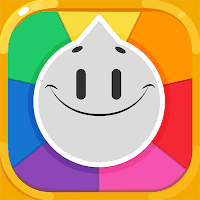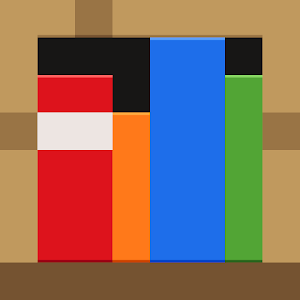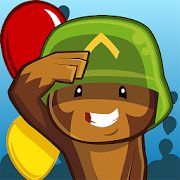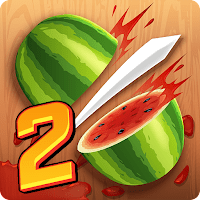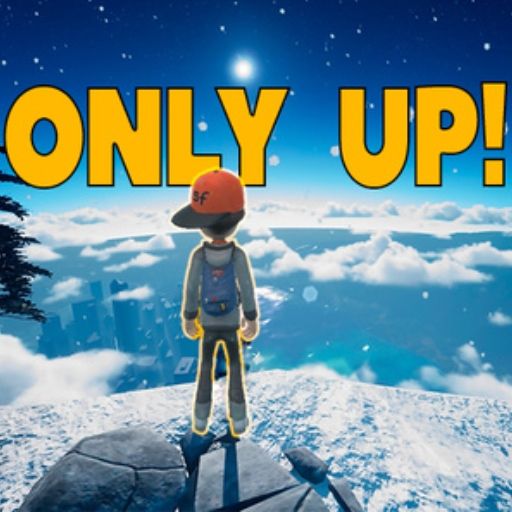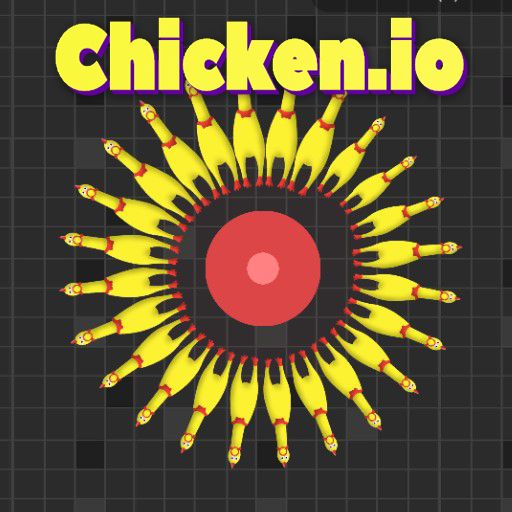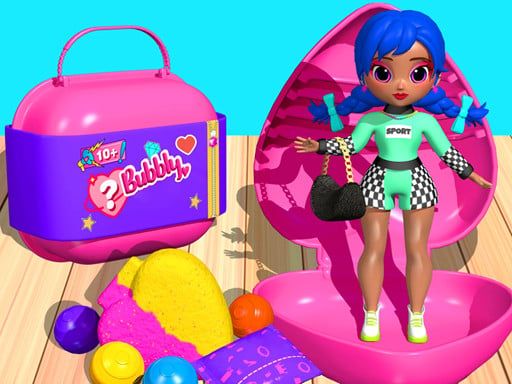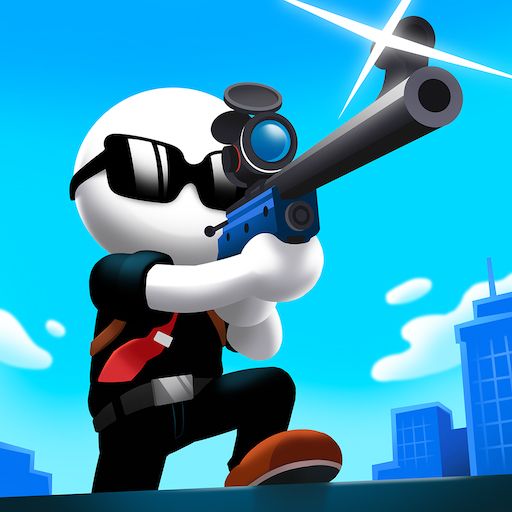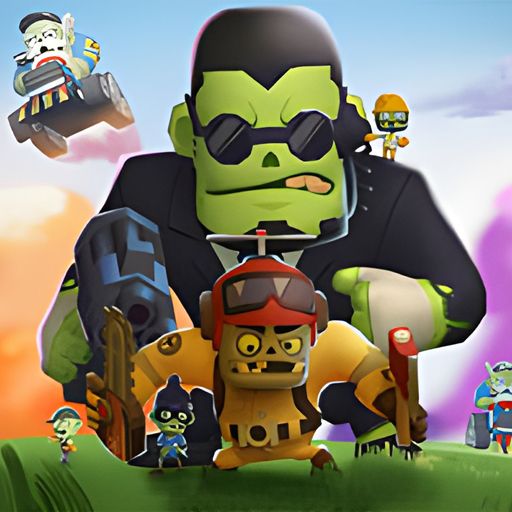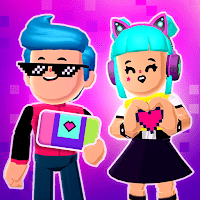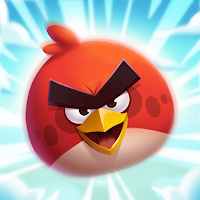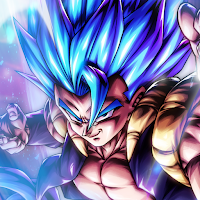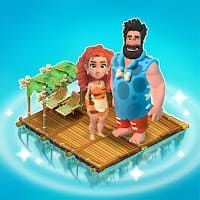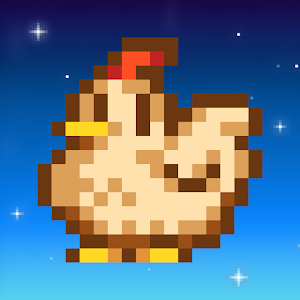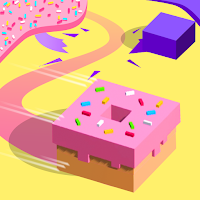

Minecraft, created by Markus Persson and later developed by Mojang, stands as an iconic and revolutionary sandbox game that has captured the hearts of millions worldwide. Renowned for its open-world exploration, limitless creativity, and player-driven experiences, Minecraft has become a cultural phenomenon, transcending traditional gaming boundaries.
Visually, Minecraft adopts a distinctive voxel-based art style that embraces simplicity and versatility. The blocky landscapes, character designs, and environmental elements contribute to a unique aesthetic that has become synonymous with the game. While the graphics may seem modest at first glance, the beauty lies in the boundless creativity that players can unleash upon the blocky canvas.
The core gameplay of Minecraft revolves around exploration, crafting, and building within procedurally generated worlds. Players find themselves in an open-ended and dynamic environment where they can gather resources, craft tools, construct shelters, and embark on adventures. The game's inherent freedom allows players to shape their own narratives, whether it's surviving against hostile creatures, constructing intricate structures, or collaborating with others in multiplayer realms.
One of the standout features of Minecraft is its virtually infinite and randomly generated worlds. The sheer scale of exploration possibilities, from sprawling landscapes to vast cave systems, ensures that no two player experiences are alike. The ever-expanding nature of the game world provides a sense of discovery and encourages players to delve into the unknown.
Minecraft introduces a crafting system that empowers players to transform raw materials into a vast array of items, tools, and structures. This system is at the heart of the game's creative potential, allowing players to construct anything from humble wooden shelters to elaborate castles or even complex redstone-powered contraptions. The crafting mechanics serve as a gateway to player expression and innovation.
The multiplayer aspect of Minecraft is a key component that has fostered a vibrant and interconnected community. Whether through local multiplayer, online servers, or Realms, players can collaborate, compete, or simply share their creations with others. The collaborative nature of multiplayer enhances the social dimension of Minecraft, turning it into a shared canvas where players can contribute to a collective world.
Minecraft's adaptability across various platforms, including PC, consoles, and mobile devices, ensures accessibility for a diverse audience. The game's popularity has led to an expansive modding community, where players can enhance and modify their Minecraft experience through user-created modifications, adding even more depth and variety to the game.
The monetization model of Minecraft is straightforward, with a one-time purchase providing access to the full game. While additional content packs, skins, and texture packs are available for purchase, they are optional and do not impede the core gameplay. This approach has contributed to the game's longevity and widespread appeal, ensuring that players receive a comprehensive and rewarding experience.
In conclusion, Minecraft stands as a timeless and influential masterpiece that has redefined the possibilities of gaming. Its open-ended gameplay, creative freedom, and collaborative multiplayer elements have made it a cultural phenomenon. Whether you're exploring vast landscapes, constructing intricate structures, or participating in a global community, Minecraft continues to be a limitless sandbox adventure that sparks the imagination and creativity of players around the world.



